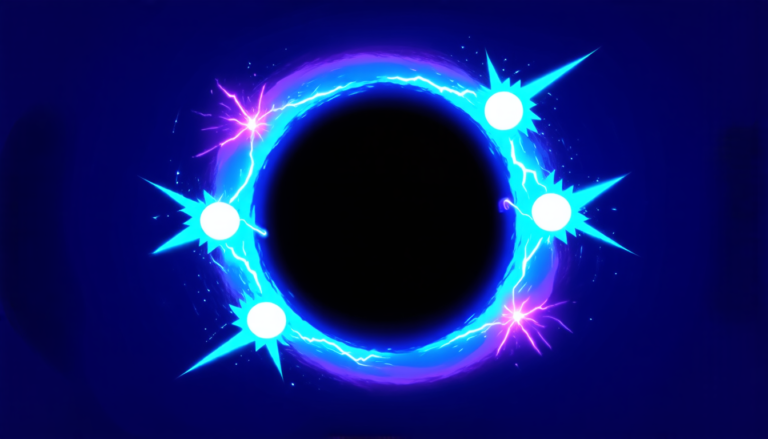Wednesday 16 April 2025
Scientists have long sought to understand how the complex connections within our brains give rise to our thoughts, emotions, and behaviors. A new study has shed light on this mystery by exploring the role of high-order synaptic correlations in neural dynamics.
The researchers generated a network of artificial neurons with randomly connected synapses and then analyzed the patterns of activity that emerged. They found that when these connections were structured in specific ways, the network’s behavior changed dramatically. Instead of producing chaotic or irregular activity, the network settled into stable patterns of oscillation or fixed points.
These findings have important implications for our understanding of brain function. The structure of neural networks is often thought to be random and uncorrelated, but this study suggests that high-order correlations may play a crucial role in shaping their behavior. This could have significant implications for the development of artificial intelligence models, as well as our understanding of neurological disorders such as epilepsy.
The researchers used a combination of theoretical modeling and numerical simulations to explore the properties of these networks. They found that the strength and order of the synaptic correlations were key factors in determining the network’s behavior. When the correlations were strong and high-order, the network tended towards stable patterns of activity. When they were weak or low-order, the activity became more chaotic.
The study also explored how these findings could be applied to real-world neural networks. The researchers used data from functional magnetic resonance imaging (fMRI) scans to analyze the connections between different brain regions in humans. They found that the same patterns of high-order correlations emerged in these natural networks, suggesting that they may play a key role in shaping brain function.
This research has significant implications for our understanding of neural dynamics and could have important applications in fields such as neuroscience, artificial intelligence, and cognitive psychology. By exploring the complex interactions between neurons and synapses, scientists can gain a deeper understanding of how our brains work and develop new treatments for neurological disorders.
In this study, researchers used a combination of theoretical modeling and numerical simulations to explore the properties of neural networks with high-order synaptic correlations. They found that these correlations play a crucial role in shaping the behavior of these networks and could have significant implications for our understanding of brain function.
Cite this article: “Unraveling Chaos: How High-Order Synaptic Correlations Shape Brain Dynamics”, The Science Archive, 2025.
Neural Networks, Synaptic Correlations, Brain Function, Artificial Intelligence, Neural Dynamics, Neuroscience, Cognitive Psychology, Epilepsy, Fmri Scans, High-Order Correlations.







